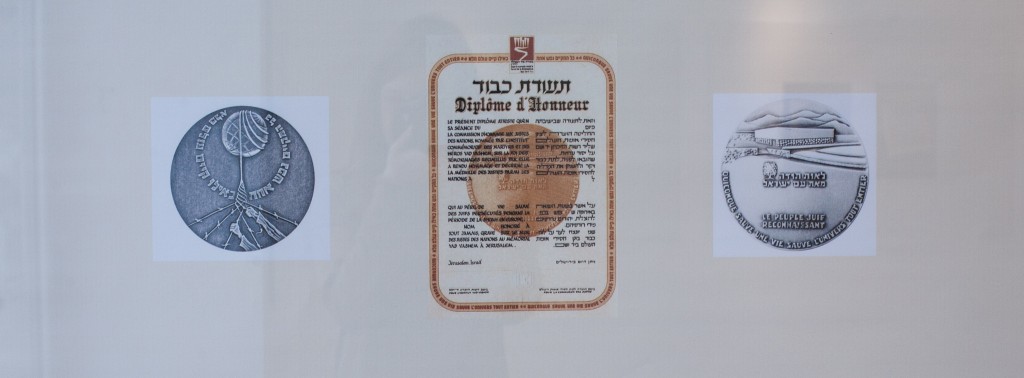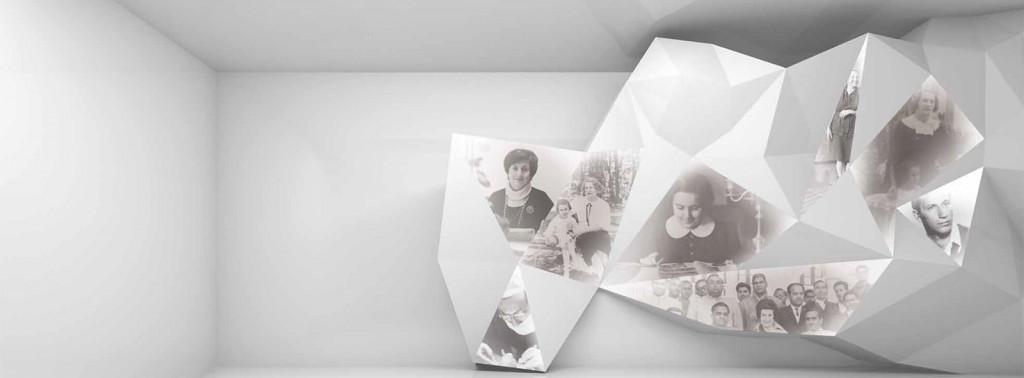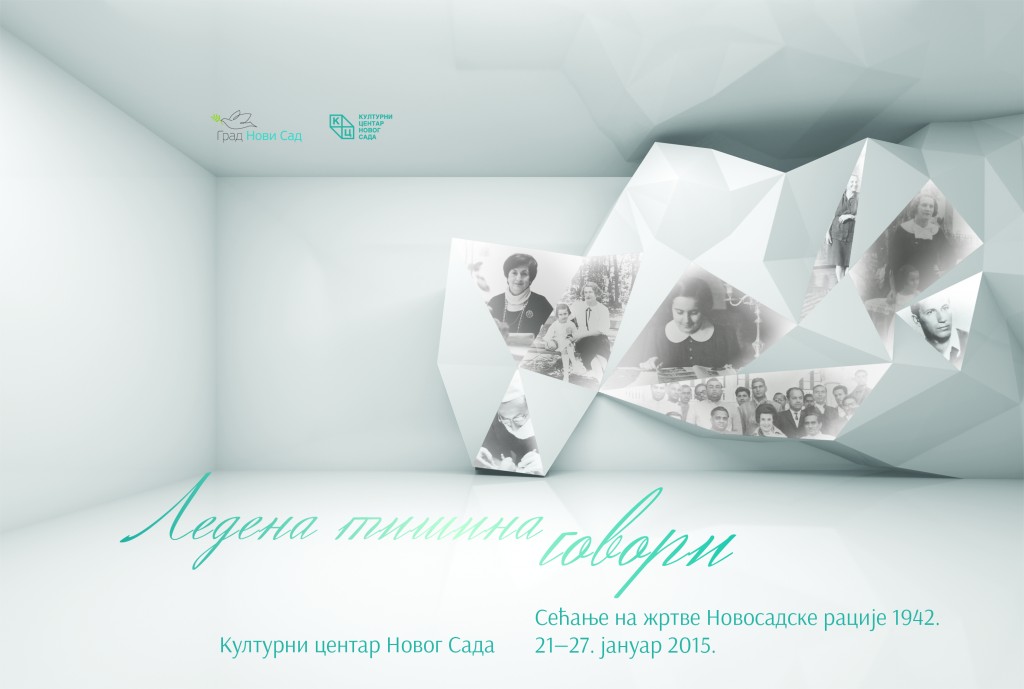‘Whoever saves a life, it is considered as if he saved an entire world’
Opening ceremony of the exhibition ‘Righteous Among the Nations’ in the Small Art Gallery marked the beginning of the programme entitled ‘Freezing Silence Speaks’ by the Cultural Centre of Novi Sad that commemorates the victims of the Novi Sad Raid of 1942. Apart from educational aspect, the exhibition is dedicated to the memory of citizens of Novi Sad who, at the cost of their own lives, saved their Jewish fellow citizens. With their deeds and courage, in spite of facing death sentence, Marija Tomić, Nadežda Paščan and Dr Dušan Jovanović and all who helped hiding Jewish people earned the title of the Righteous Among the Nations, one of the highest acknowledgements of the State of Israel.
Marija Tomić saved her husband’s cousins and unknown people, Nadežda Paščan saved her cousin, and Dušan Jovanović also helped people he did not know. The acknowledgement Righteous Among the Nations, in form of a medal and a diploma, testifies about the courageous act of non-Jewish people who, during the World War II, risked their lives and lives of their loved ones to save often unknown Jewish people. In 1953, the Israeli Parliament formed the Yad Vashem, the museum commemorating the Holocaust victims. In the Yad Vashem there is a wall of honoured people, where all the names of the Righteous are carved on, and up until recently, there was a custom to plant a tree on their behalf, which signifies life and rebirth.
HERE you can see the testimony of a victim that survived the Holocaust who proposed that Mrs Marija Tomić, née Šanc, called Ketika from Novi Sad, be declared a RIGHTEOUS.
Author and exhibition curator, historian Stefan Radojković, said that the idea is to make the Small Art Gallery into an educational space, to bring together text, pictures and discussion, and to create a sort of interactive classroom.
– This is not a traditional exhibition, because not all information is here, in sense that someone can come alone, see it, and understand everything. Therefore my role is to take people through the story about the Righteous Among the Nations as an institutions and as people from Novi Sad who deserved this honourable acknowledgement. Out of 25,000 Righteous in the world, there are 131 registered in Serbia, for now, and three of them are from Novi Sad, said Radojković.
– The Cultural Centre of Novi Sad, for the third year in a row, organises the series of cultural-artistic and historical-educational programmes in memory of the victims of Novi Sad Raid. Apart from this horrific crime that happened in January 1942, here in the Small Art Gallery we also remember good people and their accomplishments in the World War II. Last year, in this very space, we organised an exhibition about Sárvár concentration camp dedicated to bishop Ćirić, Jovan Ćulum and Dr Kosta Hadži who saved children from that camp. This year, we remember people from Novi Sad – Marija Tomić, Nadežda Paščan and Dr Dušan Jovanović who risked their lives to save Jewish neighbours, cousins and fellow citizens, said Sunčica Marković, deputy director of the Cultural Centre of Novi Sad.
After opening the exhibition, Mr Radojković held a short educational class, explaining who are the Righteous Among the Nations from Novi Sad and what this important acknowledgment means.
The exhibition lasts until 24 January, and all who are interested in educational classes can sign up at [email protected].


